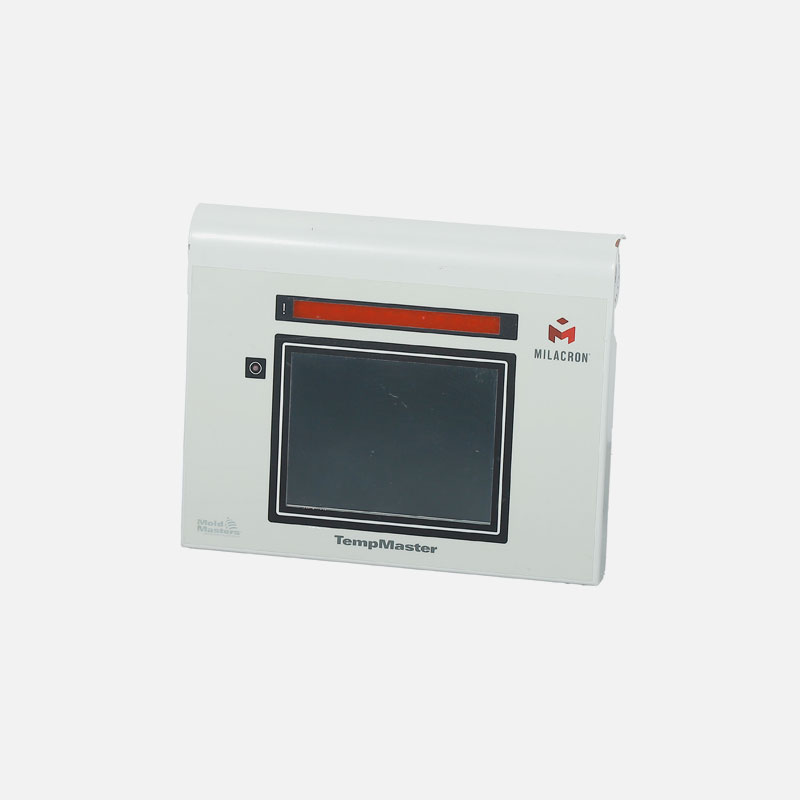Understanding Industrial Galvanized Sheet Welding Metal Parts
2024-08-07
Introduction
In the realm of industrial manufacturing, galvanized sheet welding metal parts play a crucial role in various applications. These components are essential for constructing durable structures and assemblies that require strength, corrosion resistance, and precise fabrication. In this blog, we will delve into the fundamentals of industrial galvanized sheet welding metal parts, their characteristics, applications, and the benefits they offer.
1. What is Galvanized Sheet?
Galvanized sheet metal is steel that has been coated with a layer of zinc to protect it from corrosion. The zinc coating acts as a sacrificial anode, providing a barrier against moisture and environmental elements that can cause rust and degradation. This makes galvanized sheet metal highly durable and suitable for outdoor and industrial applications where exposure to harsh conditions is common.
2. Welding Techniques for Galvanized Sheet Metal
Welding galvanized sheet metal requires specific techniques to ensure a strong and reliable bond without compromising the integrity of the zinc coating. Common welding methods include:
- MIG Welding (Metal Inert Gas): This method uses a consumable wire electrode and shielding gas to create a weld. Proper ventilation is essential to prevent the inhalation of zinc fumes generated during welding.
- TIG Welding (Tungsten Inert Gas): TIG welding uses a non-consumable tungsten electrode and inert gas for shielding. It provides precise control over the welding process, making it suitable for thin galvanized sheet metal.
- Spot Welding: Spot welding involves applying pressure and electric current to create localized welds. It is commonly used for joining galvanized sheet metal in mass production settings.
3. Applications of Galvanized Sheet Welding Metal Parts
Galvanized sheet welding metal parts find application across various industries due to their durability and corrosion resistance. Some common uses include:
- Construction: Structural components such as beams, columns, and trusses in buildings benefit from galvanized sheet metal parts for their strength and longevity.
- Automotive: Galvanized sheet metal parts are used in automotive manufacturing for body panels, chassis components, and exhaust systems.
- Industrial Equipment: Machinery and equipment in industrial settings often incorporate galvanized sheet metal parts for their resistance to rust and abrasion.
- Infrastructure: Bridges, pipelines, and outdoor infrastructure rely on galvanized metal parts to withstand environmental exposure and maintain structural integrity.
4. Benefits of Galvanized Sheet Welding Metal Parts
- Corrosion Resistance: The zinc coating protects galvanized sheet metal parts from rust and corrosion, extending their lifespan.
- Strength and Durability: Galvanized sheet metal is strong and durable, making it suitable for heavy-duty applications.
- Cost-Effectiveness: Despite its initial cost, galvanized sheet metal parts offer long-term savings due to reduced maintenance and replacement expenses.
- Aesthetic Appeal: The smooth, shiny appearance of galvanized sheet metal adds aesthetic value to finished products and structures.
Conclusion
Industrial galvanized sheet welding metal parts are indispensable in modern manufacturing and construction due to their strength, durability, and corrosion resistance. Understanding their characteristics, welding techniques, applications, and benefits can help industries make informed decisions when choosing materials for their projects.



